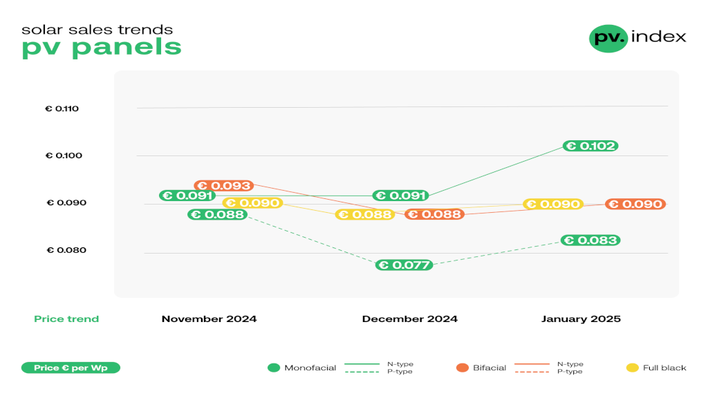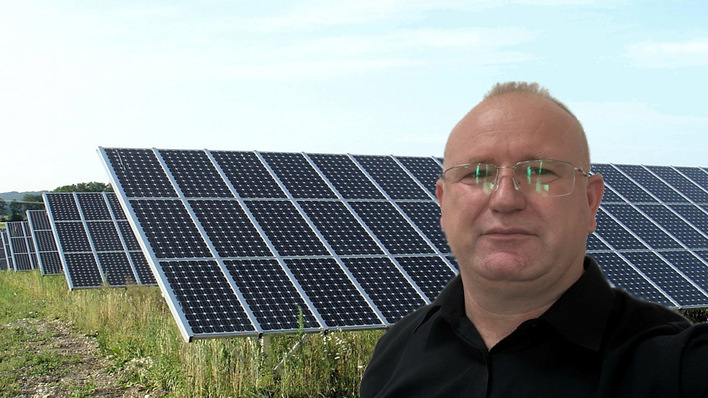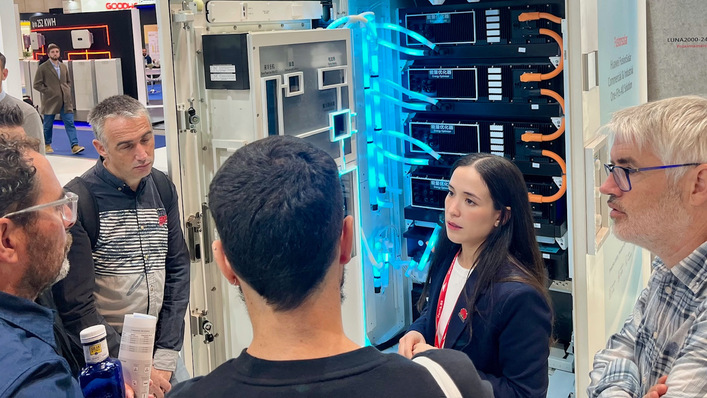First Solar recently announced that global solar leader Lightsource bp and integrated energy company bp have placed multi-year orders for up to 5.4 gigawatts of First Solar’s ultra-low carbon thin film photovoltaic solar modules. As part of the deal, Lightsource bp and bp have placed firm orders for approximately 4.4 gigawatts of modules, with options for an additional 1 gigawatt.
Lightsource bp has agreed to procure up to 4.3 gigawatts of modules for its US utility-scale projects, and bp will procure up to 1.1 gigawatts to power their projects being developed by Lightsource bp. bp acquired the projects as part of its net zero ambition and target to grow its net developed renewable generating capacity to 20 gigawatts by 2025 and 50 gigawatts by 2030. Planned deployments for both companies include projects in Arkansas, Kentucky, Ohio, Pennsylvania, and Texas.
10-gigawatt development pipeline across America
The framework agreements, the largest in First Solar’s history, will provide modules scheduled to be delivered between 2023 and 2025 to support the companies’ solar development pipelines in the United States. Under the agreement, First Solar has firm orders for 1.55 gigawatts of modules in 2023, 1.3 gigawatts in 2024, and 1.55 gigawatts in 2025.
“This landmark solar industry procurement deal is a testimony to Lightsource bp’s exponential growth in the United States, and our confidence in First Solar’s technology,” said Kevin Smith, chief executive officer, Americas, Lightsource bp. “As we continue to grow and progress our 10-gigawatt development pipeline across America, in addition to our partner bp’s 9 gigawatts, executing significant long-term procurement agreements with bankable, world class suppliers like First Solar enables us to deliver on our growth plans and industry-leading global target of 25 gigawatts of solar by 2025. It also translates into competitively priced electricity for our customers.”
Cadmium Telluride thin film module
Felipe Arbelaez, bp’s senior vice president of zero carbon energy, added: “To help reach our net zero ambition and develop 50 gigawatts of renewable power by the end of this decade, we continue to invest in clean, reliable energy in the US. Today’s announcement reflects the speed in which we’re moving to deliver these high-quality solar projects. These modules are a critical step in delivering our 9 gigawatts solar pipeline that will provide affordable energy, create jobs, bolster the supply chain and deliver the type of returns our investors expect. This is exactly the type of energy we want to develop and deliver as we continue to build out our renewable pipeline and ultimately strengthen confidence in our target of delivering 20 gigawatts of developed renewables by 2025.”
Lightsource bp and bp will benefit from the evolution of First Solar’s advanced Cadmium Telluride (CadTel) thin film module technology platform over the span of the agreement. The companies will also have access to First Solar’s American-made solar modules produced at its fully vertically-integrated manufacturing complex in Ohio.
Source electricity from Lightsource bp generation assets
“The US solar industry is at an important inflection point where it must continue the charge towards delivering 45% of our country’s electricity by 2050 while addressing the risks and uncertainty posed by increasingly volatile solar panel production, pricing, and supply,” said Georges Antoun, chief commercial officer, First Solar. “This is where we come in. Our ability to help our customers manage these risks by providing long-term firm pricing and supply commitments, backed by First Solar’s reputation, is a key differentiator. We’re delighted that bp and Lightsource bp have placed their trust in us and our technology to help power their growth in the United States.”
See also: Cross-border international research project with cutting edge technology
In addition to the multi-year module sales agreement, First Solar also signed a memorandum of understanding (MoU) to explore opportunities to source electricity from generation assets developed, owned and operated by Lightsource bp in Ohio, where First Solar operates the Western Hemisphere’s largest solar manufacturing footprint. When it joined RE100 in 2020, First Solar committed to powering 100 percent of its global manufacturing operations with renewable energy by 2028, with an interim goal of transitioning its facilities in the US to carbon-free electricity by 2026.
Responsibly produced thin film PV modules
Designed and developed at its research and development (R&D) centers in California and Ohio, First Solar’s responsibly produced thin film PV modules set industry benchmarks for quality, durability, reliability, design, and environmental performance. First Solar also operates an advanced recycling program that recovers more than 90 percent of CadTel for use in new modules.
Earlier this year, First Solar announced that it will invest $680 million to expand America’s domestic PV solar manufacturing capacity by 3.3 gigawatts annually, by building its third US manufacturing facility, in Lake Township, Ohio. The new facility is expected to be commissioned in the first half of 2023 and when fully operational will scale the company’s Northwest Ohio footprint to a total annual capacity of 6 gigawatts, which is believed to make it the largest fully vertically integrated solar manufacturing complex outside of China.
Also interesting: Meyer Burger: New PV module production facility in the U.S.
In addition to its Ohio manufacturing facilities, First Solar also operates factories in Vietnam and Malaysia, and has previously announced plans to build a new 3.3-gigawatt factory in India that is expected to be commissioned in the second half of 2023. With First Solar’s expansion in the United States and India and optimization of its existing fleet, the company anticipates that its nameplate manufacturing capacity will double to 16 gigawatts by 2024. (mfo)








